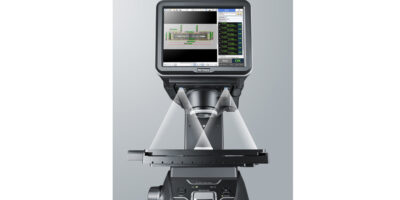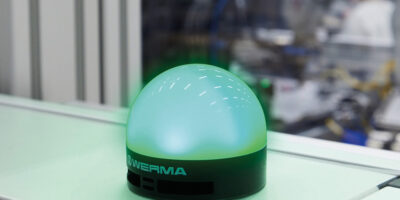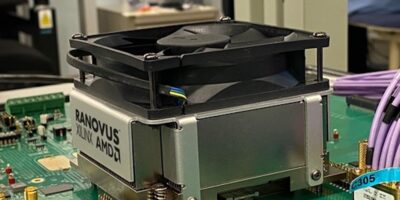Delivering precision with accuracy to +/-0.7 micron, the LM series of image dimension measurement combines the ease of use with the breakthrough precision demanded across a broad range of applications, said Keyence.
Consistent sub-micron accuracy and repeatability is guaranteed through automated focusing and part positioning, claimed the company. The LM series is suitable for applications with very tight tolerances in sectors from medical and electronics to high-precision metal manufacturing.
The LM Series is easy and rapid to program with intuitive on-screen help always available, and it can be operated with just one button. Items do not need to be precisely positioned, while rapid stage movement and a large field of view for a precision measurement system deliver optimum speed because fewer images are needed compared with alternative systems. The auto-focus function ensures accurate focus irrespective of operator experience.
Up to 300 dimensions can be measured at a time, and up to 100 individual parts can be measured simultaneously. An integral coaxial light offers a variety of lighting options to provide optimised stable edge detection, whatever the material of the item being measured. While more typically used in laboratory environments, the system has a low vibration stage making it sufficiently robust to withstand the rigours of the shopfloor environment, said Keyence.
An integral high magnification lens with Z-focus positioning allows for non-contact height and depth measurement for areas as small as 20 × 20 micron. Additionally, plane elements can be created which are independent from the stage and overall part slope, while flatness and interplane angle measurements can be added to programs. The system can be used for prototype and first-off part inspection, to in-process sample and part inspection as well as pre-shipping and incoming goods inspections.







